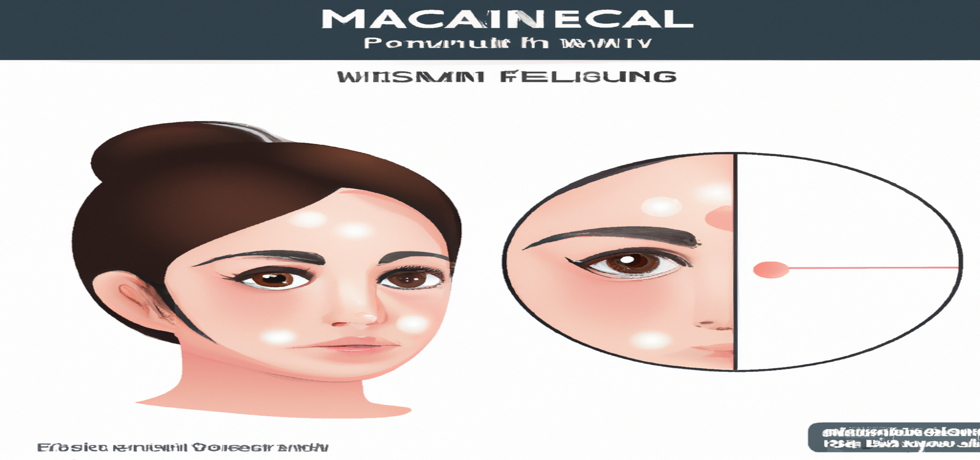
Unveiling Dermal Melasma: Signs and Solutions
Introduction to Dermal Melasma
Are you noticing dark, irregular patches on your face that seem impervious to your skincare routine? If so, you may be dealing with dermal melasma, a common skin condition characterized by hyperpigmentation. Understanding its signs and solutions can help reclaim your skin’s clarity and your confidence. In this blog, well discuss what dermal melasma is, the various symptoms to watch for, and the most effective treatment options available.
What is Dermal Melasma?
Dermal melasma is a type of hyperpigmentation that primarily affects the deeper layers of the skin. It often manifests as bluish-brown patches primarily on the face, particularly on the cheeks, forehead, upper lip, and chin. Unlike other forms of melasma that affect the outer skin layers, dermal melasma is notoriously resistant to conventional treatments. This is due to its depth within the skin, which makes targeting the melanin-producing cells particularly challenging. The condition commonly affects women, especially during hormonal changes such as pregnancy or while on birth control pills.
Signs of Dermal Melasma
The most identifiable signs of dermal melasma include:
- Bluish-Brown Patches: Dark brown patches with an almost blue-grey hue appear on the skin, typically on the face.
- Symmetry: Patches are usually symmetrical, presenting similarly on both sides of the face.
- Irregular Border: The edges of these patches may be poorly defined, occasionally merging into surrounding skin.
- Sun Sensitivity: Exposure to sunlight may make the patches look more pronounced.
- Resistance to Treatment: Being located in deeper skin layers, dermal melasma can be challenging to treat effectively.
While these signs are common, not every brown patch signifies dermal melasma; other conditions like post-inflammatory hyperpigmentation can also mimic these symptoms. Consulting a dermatologist is crucial for a reliable diagnosis.
Effective Treatment Options
When it comes to treating dermal melasma, various approaches are available that cater to its unique challenges. Your dermatologist may recommend a combination of treatments including:
- Topical Creams: Ingredients like hydroquinone, retinoids, and corticosteroids can help in lightening the dark patches.
- Chemical Peels: These help to exfoliate the skin layers, allowing for targeted treatments to penetrate deeper.
- Laser Therapy: Some advanced laser treatments can target the deeper skin layers to reduce pigmentation effectively.
- Sun Protection: Daily use of broad-spectrum sunscreen is essential to prevent worsening the condition through sun exposure.
Its important to note that each individuals skin is different, and a personalized treatment plan designed with the help of a qualified dermatologist can lead to more effective results.
Conclusion
Dermal melasma can be frustrating, but with the right knowledge and expert help, you can effectively improve its appearance. If you’re encountering signs of melasma, its best to reach out to a dermatologist who can guide you on the most suitable treatment options tailored to your specific needs. At The Skin Artistry, we offer personalized consultations and solutions to help you achieve your skin goals. Dont let dermal melasma dampen your confidence; take the first step towards radiant skin today!
For Professional Assistance
For professional assistance and expert advice from leading dermatologists like Dr. Hital Patel, experience the benefits of Unveiling Dermal Melasma: Signs and Solutions with Hair & Skin Specialist Dr. Hital Patel at The Skin Artistry. Our clinics in PDPU Gandhinagar, Vastrapur Ahmedabad, and Hyderabad (Visiting Consultant) offer top-quality care and personalized treatments. Visit us today to learn more about our services and take advantage of our special offers! For more insights, updates, or to collaborate, stay connected with The Skin Artistry.

